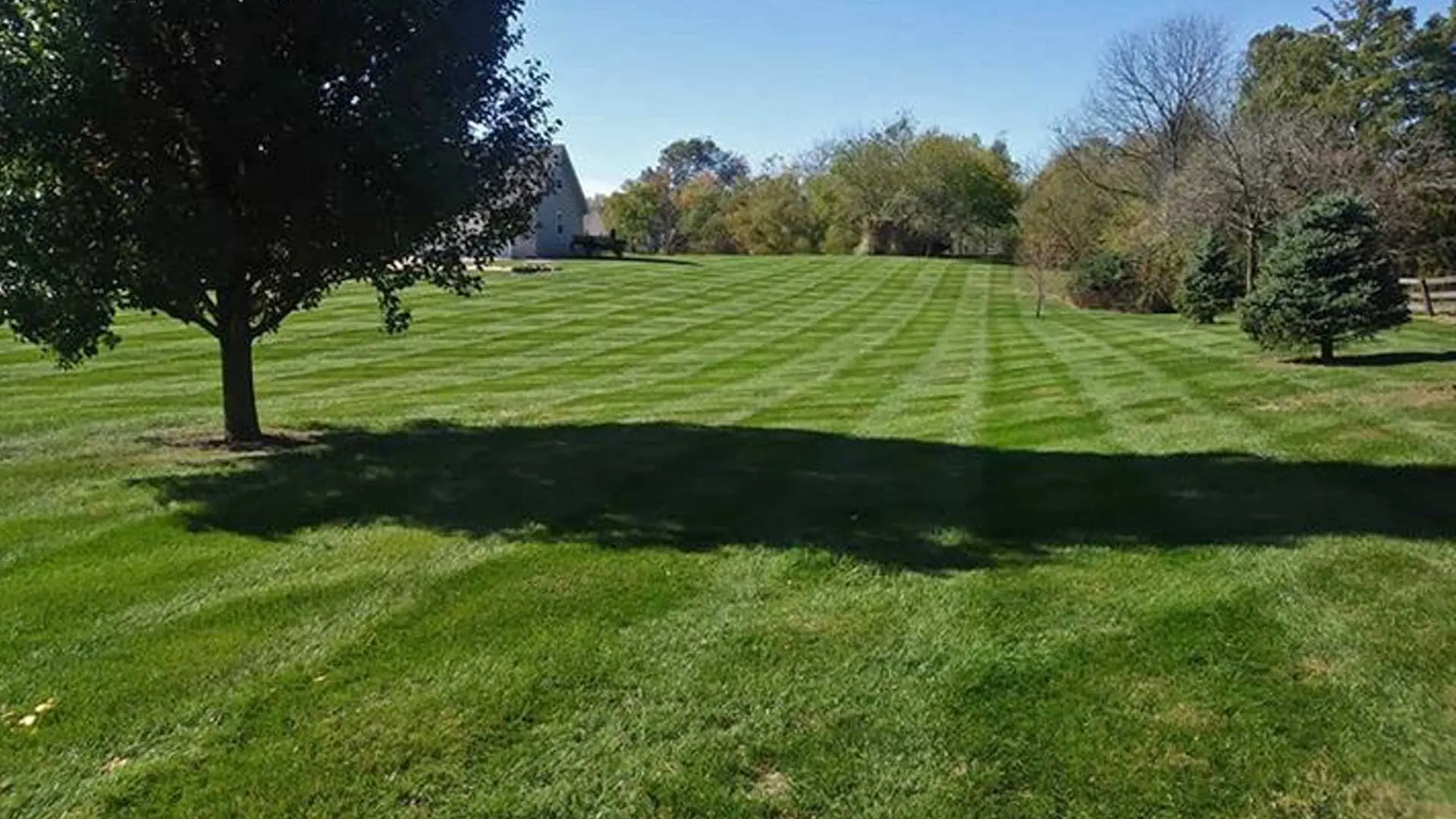Showing 1-1 of 1 articles.
Do I Have Lawn Fungus?
Published on Friday, July 05, 2019
How to Deal with Grass Fungal Diseases in Your Lawn
Lawn fungal diseases take on a variety of forms – from dead-looking brown patches to highly visible spots, threads, rings, or...


